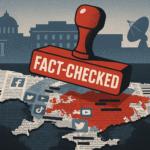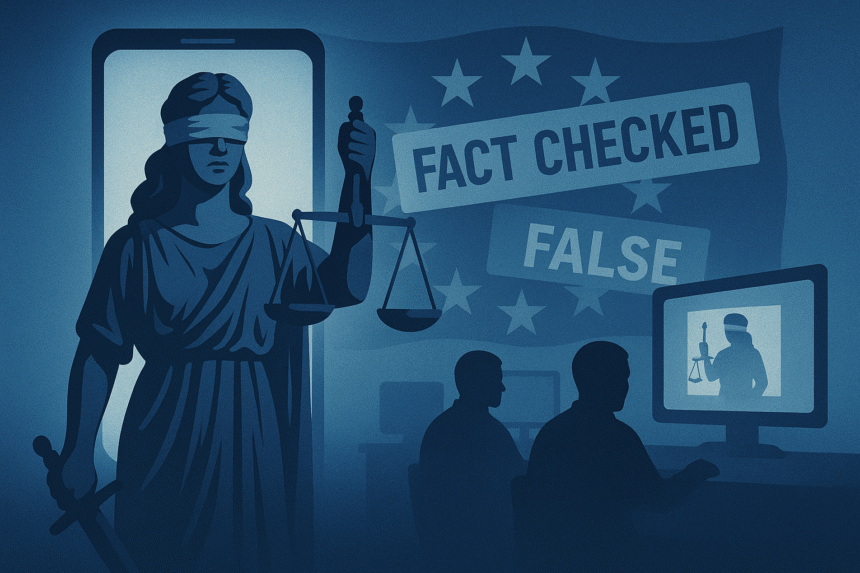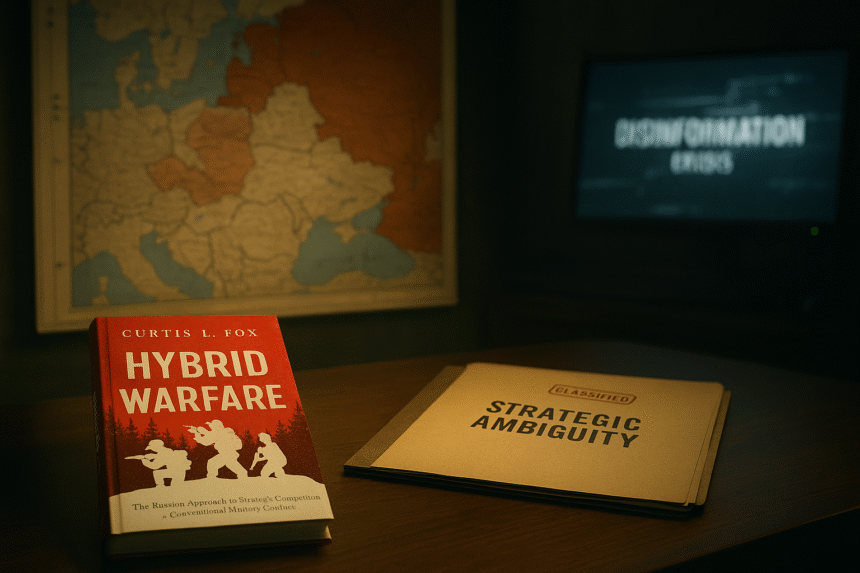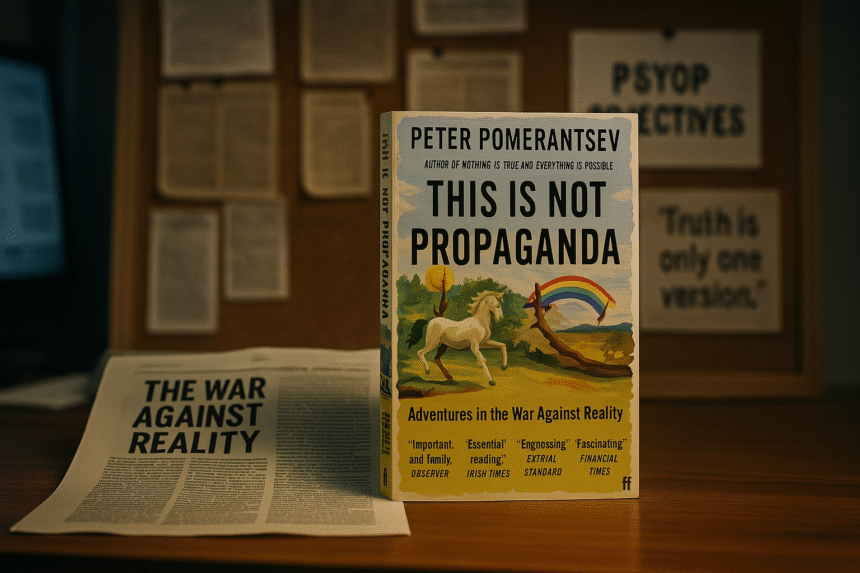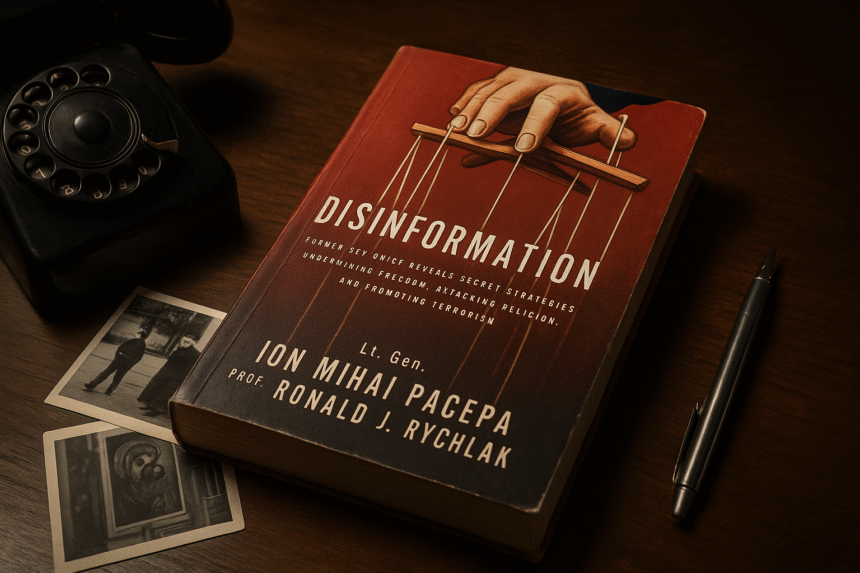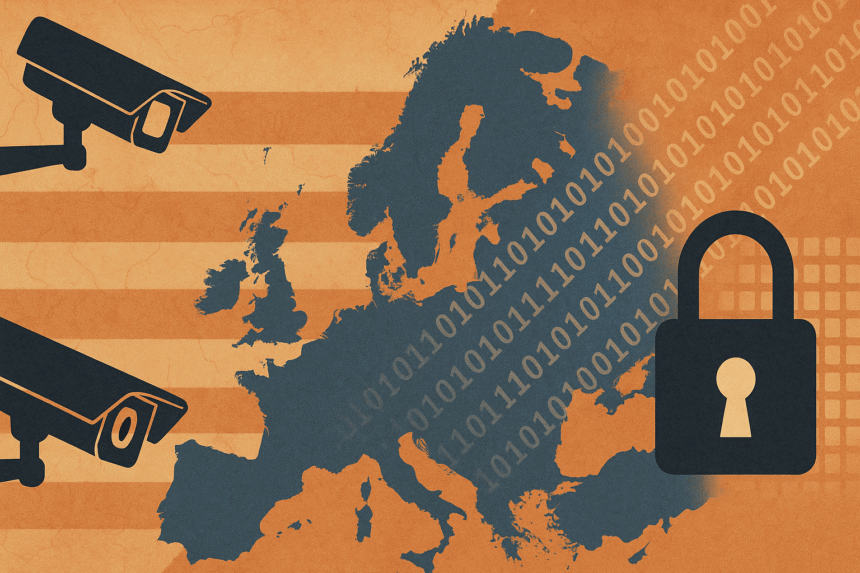Signal Infrastructure
“Propaganda is the executive arm of the invisible government.”
— Edward Bernays, Propaganda (1928)
The age of ideology has converged with the age of attention economics. Disinformation is no longer driven solely by state strategy — it has matured into a marketplace. Influence is bought, brokered, gamified, and resold. What began as tactical messaging by state actors has now evolved into a thriving commercial ecosystem — a propaganda supply chain that spans platforms and continents.

1. The Marketisation of Influence
Disinformation operations once implied covert, state-aligned tactics. Today, they often resemble global marketing campaigns. Troll farms, influence networks, advertising tools, and content farms operate across borders, feeding the growing demand for attention manipulation. This evolution reflects a shift from ideological contestation to structural commodification.
RAND’s analysis confirms this trend:
“The actors involved in these operations now include not only state proxies, but also private firms and uncoordinated opportunists exploiting the vulnerabilities of modern platform dynamics.”
— RAND, Russian Disinformation Efforts on Social Media
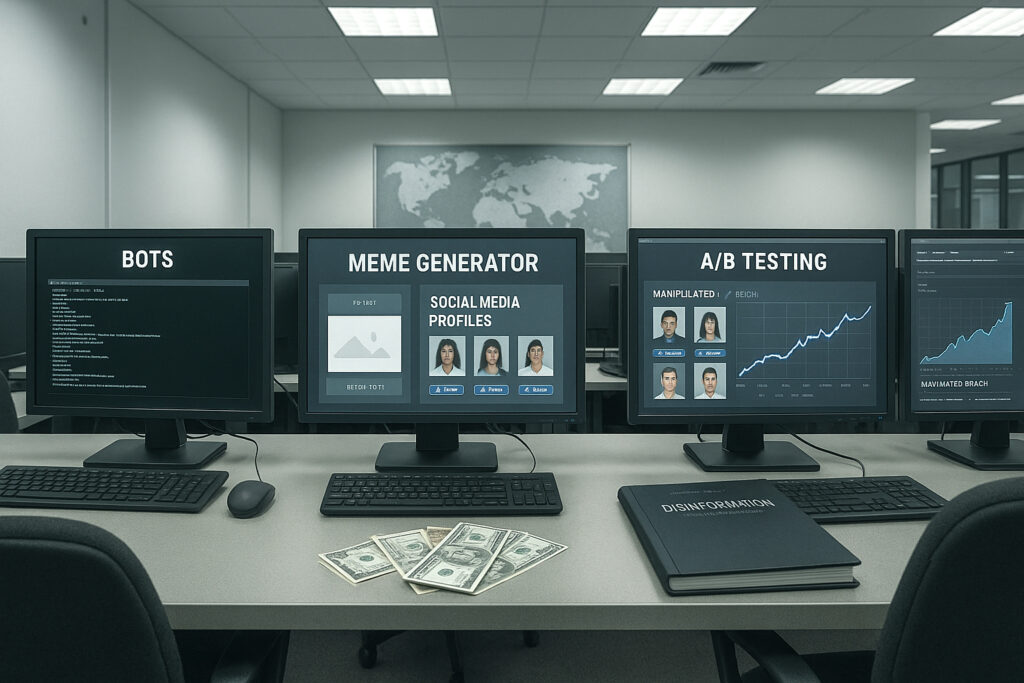
2. Disinformation-as-a-Service (DaaS)
The ecosystem now enables low-cost, high-yield operations for any client, not just governments. Services include social media amplification, fake engagement, influencer manipulation, synthetic video generation, and meme targeting.
RAND notes:
“Some Russian disinformation campaigns have been large-scale, coordinated efforts, while others have been smaller in scale or more opportunistic in nature.”
— RAND, Russian Disinformation Efforts on Social Media

3. Platform Architecture as Economic Terrain
Social platforms do not passively host influence operations — they shape the very logic of their platforms. Algorithms reward shareable content regardless of veracity. The same incentives that drive marketing virality also enable information warfare.
According to RAND,
“Many Russian disinformation campaigns appear to have been designed to be highly shareable and to provoke strong emotional reactions, which could help maximize their spread on social media platforms.”
— RAND, Russian Disinformation Efforts on Social Media

4. Cross-Pollination: From Troll Farms to PR Firms
There is an increasing crossover between traditional public relations firms and disinformation-for-hire entities. Both rely on narrative architecture, target segmentation, and amplification metrics. The line separating influence from deception has become increasingly blurred.
RAND highlights how these operations adapt to platform incentives:
“Disinformation actors often tailor their content to the specific characteristics and audience of each platform, increasing its resonance and reach.”
— RAND, Russian Disinformation Efforts on Social Media
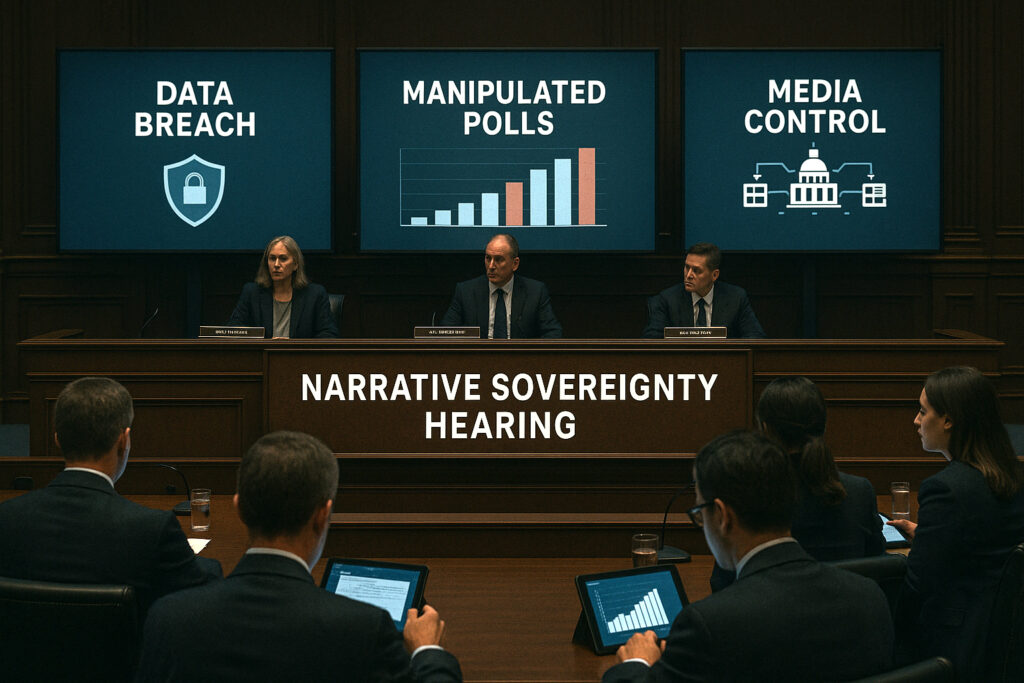
5. Structural Implications for Democratic States
This is not merely a question of truth — it is a question of sovereignty. When the tools of political manipulation are indistinguishable from those of digital commerce, democratic states lose control over the narrative terrain.
RAND frames this as a strategic vulnerability: “Even with relatively modest investments, Russian social media activity has been wide-reaching, spreading disinformation and propaganda to sizable audiences across multiple platforms” [1].
“Even with relatively modest investments, Russian social media activity has been wide reaching, spreading disinformation and propaganda to sizable audiences across multiple platforms.”
— RAND, Russian Disinformation Efforts on Social Media
Addressing the propaganda supply chain requires a structural rather than content-based response.

Conclusion: Propaganda is an Industry
The structural lesson is clear: disinformation no longer operates in secret — it thrives in plain sight. It is commercialised, scalable, and integrated into the fabric of digital capitalism. The challenge now is not to reveal it, but to recognise it as infrastructure. The propaganda supply chain is now part of the platform economy.
“Russian social media–based disinformation campaigns are a growing concern for U.S. policymakers, social media companies, and the general public.”
— RAND, Russian Disinformation Efforts on Social Media
Call to Action
Frontline Europa exposes the infrastructure behind narrative warfare. Support our mission to analyse, track, and dismantle the architecture of digital propaganda markets. Subscribe, donate, or sign up for our Patreon tiers for special access to exclusive content. All contributions support the sustainability of our independent, forensic journalism.
References
[1] Paul, C., et al. (2022). Russian Disinformation Efforts on Social Media. RAND Corporation.


